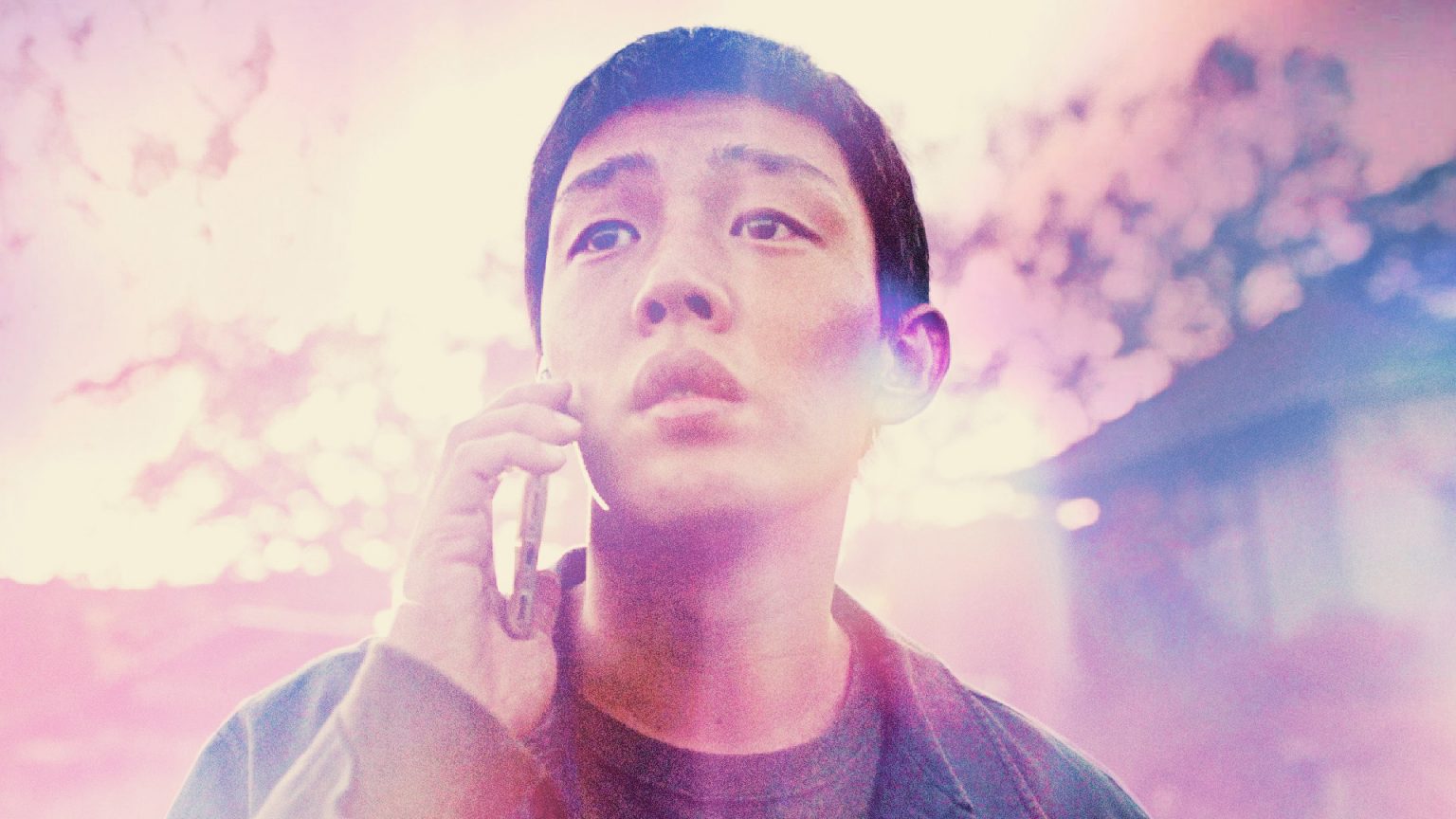Among the many South Korean film giants, Lee Chang-dong is somewhat of an outlier. He is unlike his younger, more stylish, and maybe even pessimistic contemporaries such as Bong Joon-ho or Park Chan-wook. Moreover, while he dabbles in playing with time and structure like Hong Sang-soo and Kim Ki-Duk, there is still simplicity and uniqueness that sets Lee apart from his peers.
That is to say, Lee Chang-dong has always, perhaps counter-intuitively, used simplicity as a way to better understand the complexities of the human condition.
Simplicity, in this case, refers to the plot of his films. Externally, not much “happens.” Instead, the tension and progression are almost always spurred by the internal life of his characters. In the film Oasis, Lee uses the romance genre to show the despair and pain brought about by being part of a society’s lower class. Both Hong Jong-du (Sol Kyung-gu) and Han Gong-Ju (Moon So-ri) are somewhat forgotten by their families and society at large. For Gong-Ju, her cerebral palsy isolates her in her apartment with infrequent visits from her family, who often look at her with the resign that comes from being a designated (seemingly against one’s a will) caregiver. Jong-du however is an outcast because his criminal behavior is less easily explained: It appears something might be “wrong” with him, but Lee isn’t preoccupied with explanations. Instead, he is more interested in creating an entire picture of his character’s complexities — both what you can and cannot see.
Lee’s approach in Oasis is perhaps best exemplified by the shadows that Gong-Ju sees and of which she is deeply afraid. Lee doesn’t show these shadows, instead, he leaves the audience to interpret for itself what the shadows mean to Gong-Ju based on her terror. Throughout Oasis, Lee makes use of these shadows (mainly through the setting of Gong-JU’s darkened apartment) and contrasts them with bright daylight and the harsh lighting of a police station, where both characters must be seen by their families. Lee wants the audience to see the contrast between how Jong-du and Gong-Ju see themselves and how everyone else sees them. It’s in this contrast that Lee establishes that humanity is never one thing or the other, neither light nor shadow; instead, humanity is a combination of both.
But, perhaps, Lee’s greatest expression of the dark and light complexities of humanity is in his movie, Secret Sunshine. Here, Lee chooses to film in bright, natural light despite the film’s tragic story. Like in Oasis, there are shadows, but they mainly operate as brief moments of relief from the harsh sun that saturates the town of Miryang, where Lee Shin-ae (Jeon Do-Yeon) and her son, Jun (Seon Jung-yeon), move to after the death of Shin-ae’s husband. Most importantly though, the deliberate and intense contrast of bright light and harsh shadow shows that Shin-ae’s story is neither completely tragic nor hopeful, but both. She swings wildly between acceptance and rejection of the tragedies that have befallen her. Visually, this is represented by Shin-ae moving through both bright patches of light and dark pools of shadow. Through this, Lee communicates that people don’t just move on after pain and trauma. Instead, we continuously grapple with the tragedy, moving back and forth between darkness and light.
Lee’s films after Secret Sunshine have furthered the South Korean auteur’s use of light and shadow to describe the interiority of his characters. Burning, however, may mark a departure from his traditional visual storytelling. But, then again, is it a coincidence that a fire casts both light and shadow?
Watch Now: Lee Chang-dong’s Oasis. And for contrast in style, check out Oldboy and Sympathy for Mr. Vengeance by Lee’s contemporary, Park Chan-wook.




